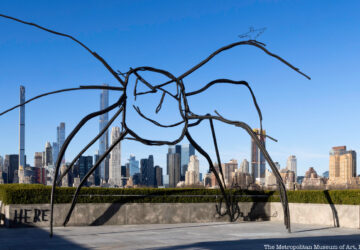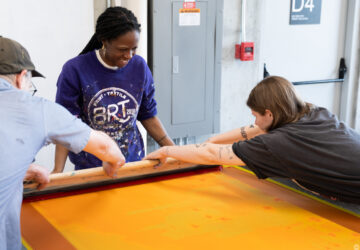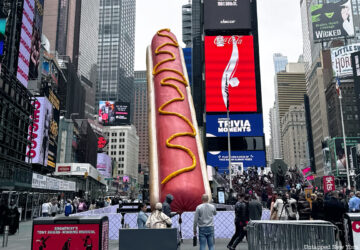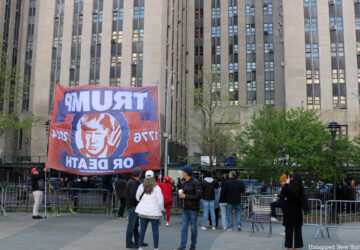6. Hidden Symbols in the Terra Cotta Architecture
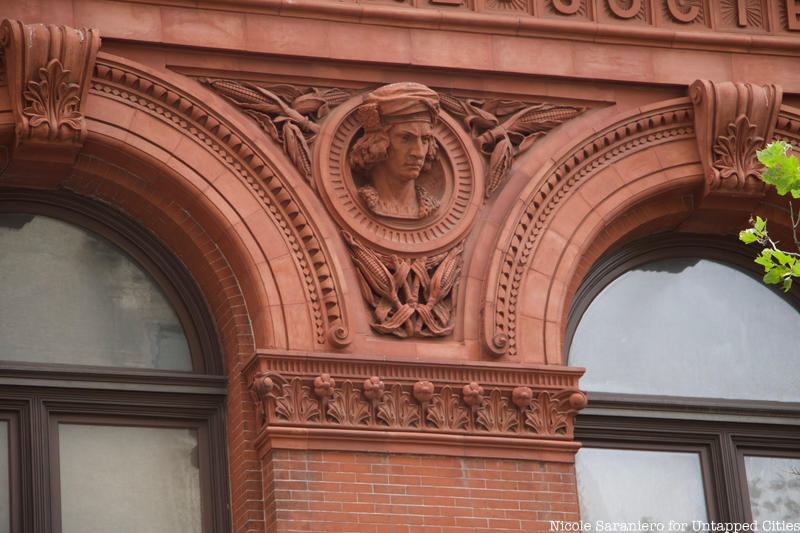
When the Brooklyn Historical Society was originally founded, its sole focus was not just on preserving local history, but on becoming a renowned center of learning knowledge. The decorative unglazed terra cotta ornamentation on the facade of the building expresses these worldly goals. The building is adorned with the busts of famous figures from history. In the front, you can see Christopher Columbus and Benjamin Franklin (the only American) and on the side, you will find William Shakespeare, Johannes Gutenberg, Beethoven, and Michelangelo. The figures were sculpted by Olin Levi Warner and are wreathed in different American flora by Truman H. Bartlett. Columbus is surrounded by a wreath of corn husks.
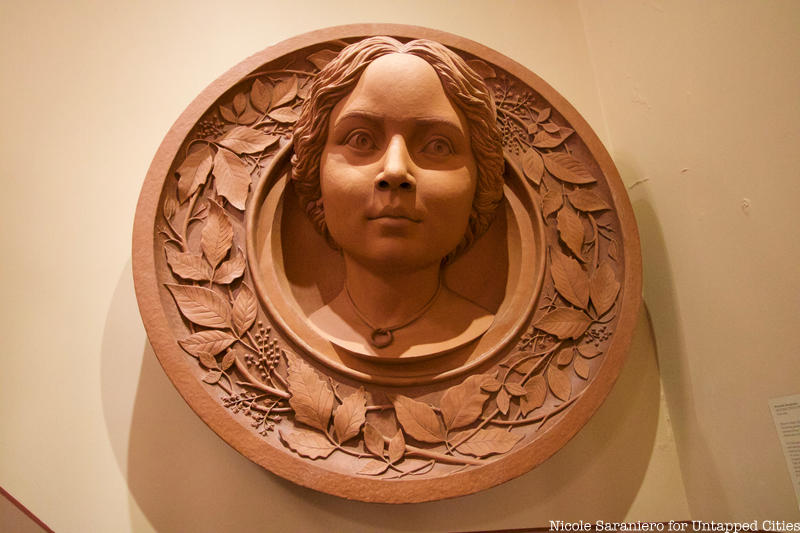
The terra-cotta decor is carried inside by a sculpture from artist Meredith Bergman which reinterpretes the architectural history of the building. Bergman’s piece is titled Historia Testis Temporum, a Latin phrase that means “history, the witness of time” and is inscribed on the Clinton Street side of the building. The sculpture depicts Sally Maria Diggs, a nine-year-old girl who was “auctioned” off in a mock slave auction by anti-slavery activist pastor Henry Ward Beecher in 1860. Diggs would go on to study at Howard University and settle in Washington, D.C. She is wreathed in poison ivy. Bergman has also sculptured a bust of Ruth Bader Ginsburg which is a permanent feature of the New York State Capitol in Albany.
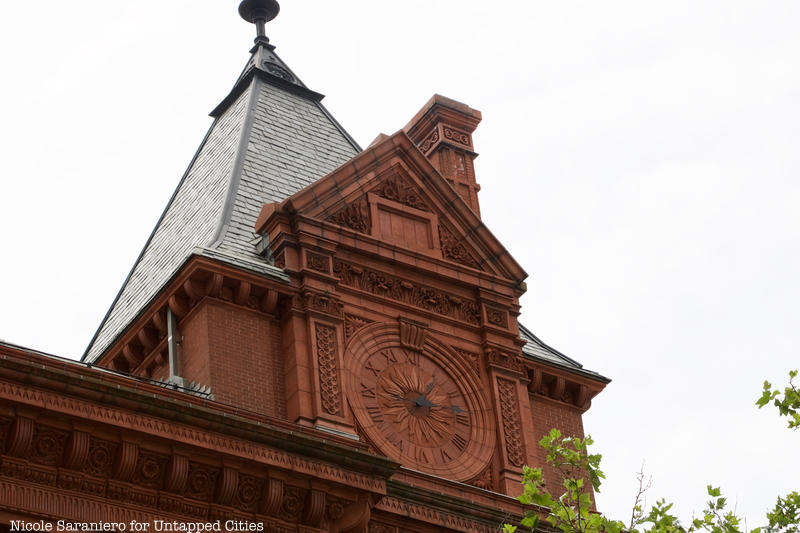
Another decorative symbol that appears often throughout the building is a sunburst. This was a popular Queen Anne motif. You can see it in the photo above on the exterior clock face and throughout the building on light fixtures and woodwork. The sunburst motif is even incorporated into the Historical Society’s logo.
